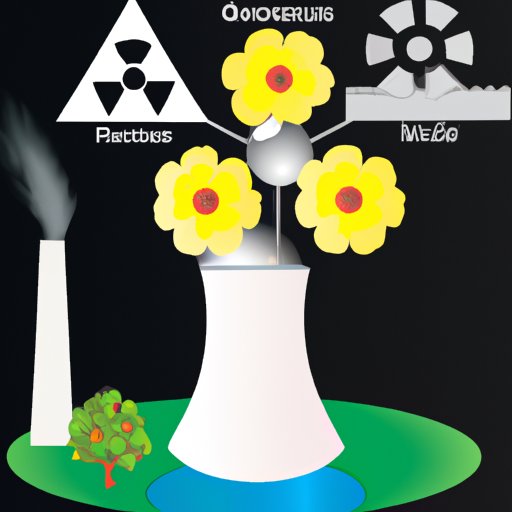Introduction
Energy is all around us and it powers our daily lives. But what exactly is energy, and where does it come from? In this article, we explore the scientific understanding of where energy comes from. We examine different types of energy and their sources, with a focus on renewable energy sources, fossil fuels, and nuclear power.

Exploring the Sources of Energy: An Overview of Scientific Understanding
Energy can be defined as the ability to do work or cause change. It exists in many forms, including mechanical, thermal, electrical, chemical, radiant, and nuclear energy. The source of energy depends on the type of energy being generated. For example, mechanical energy comes from the movement of objects; thermal energy comes from heat; electrical energy comes from the flow of electrons; chemical energy comes from chemical reactions; radiant energy comes from light; and nuclear energy comes from the splitting of atoms.
Fossil fuels are one of the most common sources of energy. They are formed over millions of years from the remains of plants and animals that have been exposed to intense heat and pressure underground. Common examples of fossil fuels include coal, oil, and natural gas. Fossil fuels are burned to produce heat or electricity, and they release harmful pollutants into the atmosphere.
A Closer Look at Different Types of Energy and Their Sources
Renewable energy sources are becoming increasingly important for meeting global energy needs. Renewable energy sources include solar, wind, hydroelectric, geothermal, and biomass. These sources of energy do not produce any carbon dioxide emissions and are therefore considered to be more sustainable than fossil fuels.
Nuclear power is another potential source of energy. Nuclear power plants use the energy released during nuclear fission to generate electricity. Although nuclear power has the potential to provide large amounts of electricity with relatively low emissions, it also poses a number of safety and environmental risks due to the radioactive waste produced by nuclear reactors.
Conclusion
In conclusion, energy exists in many forms and its source depends on the type of energy being generated. Fossil fuels are a common source of energy, but they are not sustainable and produce harmful pollutants. Renewable energy sources are becoming increasingly important for meeting global energy needs, while nuclear power has the potential to provide large amounts of electricity with relatively low emissions.
Understanding the science behind where energy comes from is essential for making informed decisions about how we use energy and how we can reduce our reliance on unsustainable sources. By investing in renewable energy sources and exploring the potential of nuclear power, we can ensure that our future energy needs are met in a safe and sustainable way.
(Note: Is this article not meeting your expectations? Do you have knowledge or insights to share? Unlock new opportunities and expand your reach by joining our authors team. Click Registration to join us and share your expertise with our readers.)
